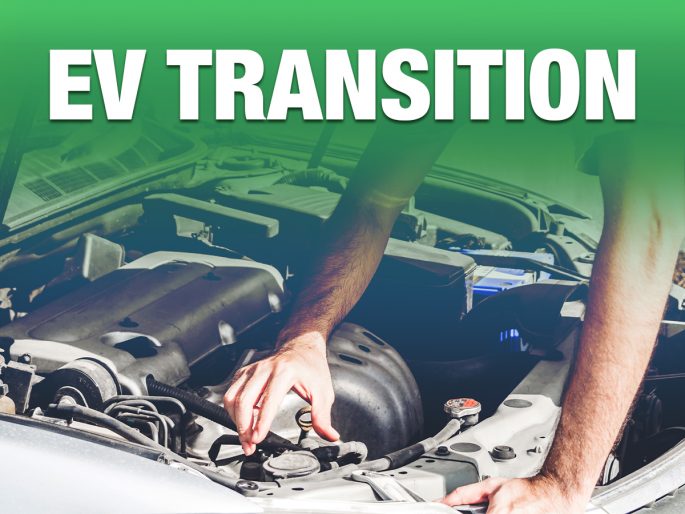To what extent automakers plan to devote resources to EV manufacturing and battery development is a strong indicator of what the pace of the EV transition will look like. That notwithstanding, it might only be part of the story, as the imminent death of the internal combustion engine (ICE) has been greatly exaggerated.
Many automakers have announced plans in Europe or the U.S. to begin solely manufacturing EVs in 10 to 25 years, and most of those who haven’t identified a completion date for fleet conversion are indicating a ramp-up in production:
Ford announced it will increase production, with intentions of producing 600,000 electric truck, van and SUVs annually by 2023 and more than 2 million by 2026
GM has pledged to make only zero emission vehicles (ZEVs) by 2035
Hyundai wants to introduce 17 new battery electric vehicle (BEV) models by 2030 and announced it will build its first dedicated plant for manufacturing EVs in the U.S.
Nissan, part of the Nissan-Renault-Mitsubishi Alliance, plans to roll out 35 EVs by 2030
Stellantis, the parent company of brands including Chrysler, Dodge Ram and Fiat, indicates that 100% of sales in Europe and 50% of sales in the U.S. will be BEVs by 2030
Toyota is pursuing a more diverse portfolio, moving forward with plans to offer an array of hybrids, plug-ins, all-EV models and hydrogen electric vehicles, with no firm timetable announced at this time
Volkswagen wants 55% of its cars to run on electricity and add 25 new EV models to customers in the U.S., Mexico and Canada by 2030
Interestingly, the internal combustion engine may be the dark horse in the race, as a Fuels Institute literature review points to its staying power and continued dominance for the next decade.
The report titled “Future Capabilities of Combustion Engines and Liquid Fuels” suggests that ICEs will continue to play a significant role through at least 2035. According to the report, ICE design improvements in pursuit of a lower carbon footprint continue to be the subject of recent research efforts. This indicates that automakers aren’t giving up on the ICE just yet, though no major vehicle manufacturer has decided to invest solely and focus all R&D in internal combustion engines.
Editor’s note: Sadly, the EV transition will likely mean the end of the stick shift.




